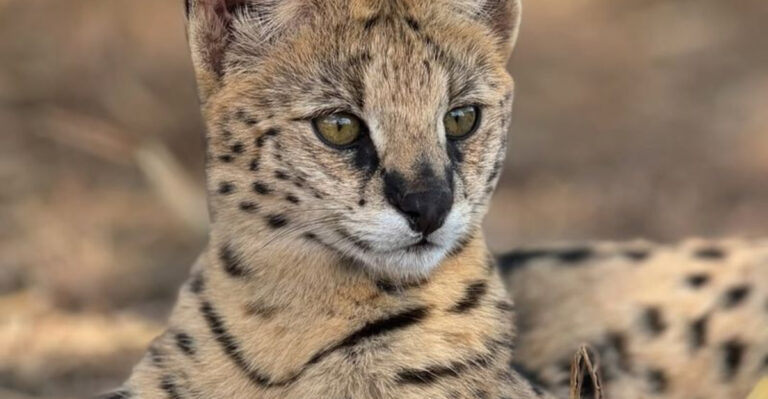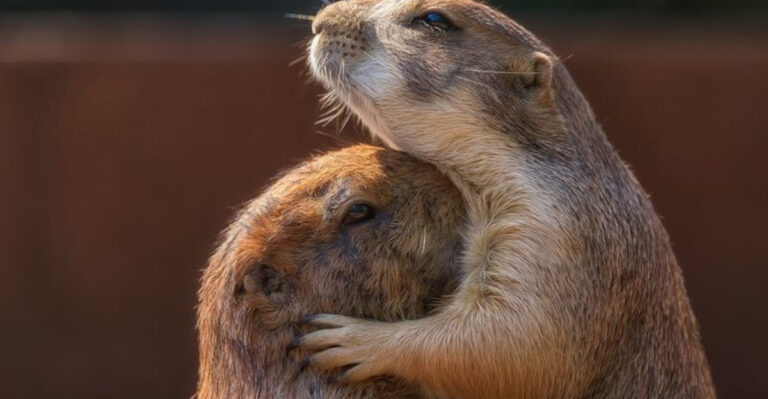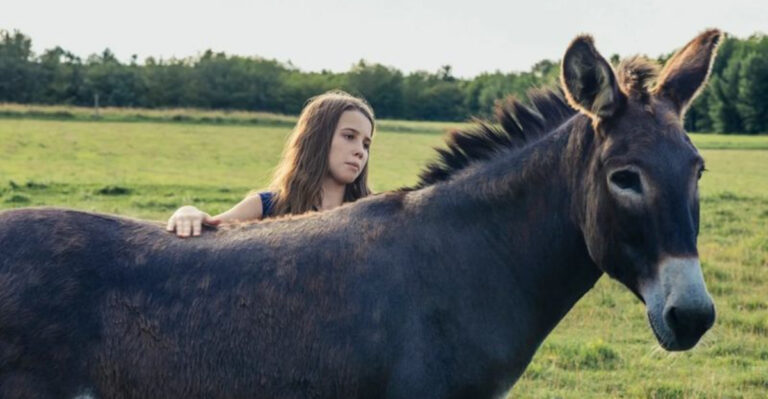Why Big Cats Are Crucial For Biodiversity In Their Ecosystems

Big cats like lions, tigers, and jaguars are more than just majestic creatures – they’re vital guardians of their ecosystems.
As apex predators at the top of the food chain, these magnificent animals maintain the delicate balance of nature in ways many people don’t realize.
From controlling prey populations to protecting plant diversity, big cats silently perform ecological services that benefit countless other species, including humans.
Population Control Masters
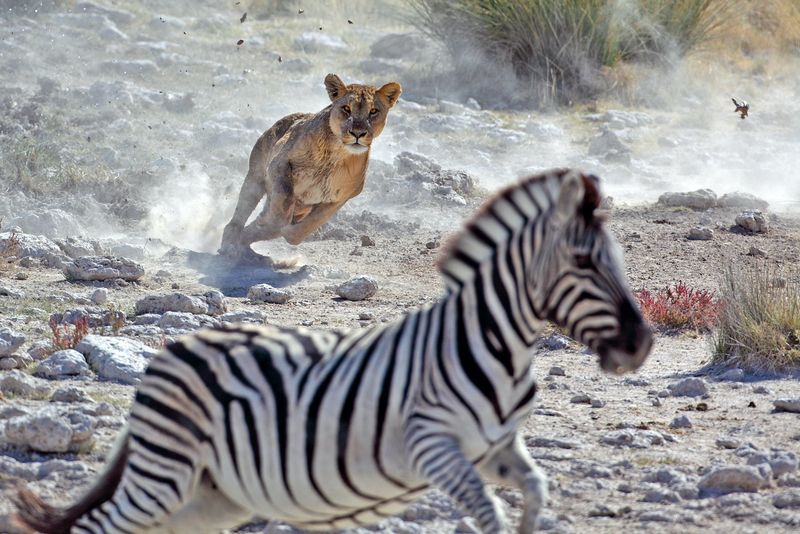
Lions, tigers, and other big cats naturally limit herbivore numbers by hunting them. Without these predators, deer, antelope, and similar animals would multiply unchecked, leading to overgrazing problems.
The ripple effects are significant! When herbivores overgraze, they destroy plant communities that countless smaller creatures depend on. In Yellowstone, wolf reintroduction demonstrated this principle perfectly – when predators returned, elk stopped overgrazing riverside vegetation.
Big cats perform this same ecological service in their habitats, preventing the boom-and-bust cycles that can devastate ecosystems when herbivore populations spiral out of control.
Scavenger Support System
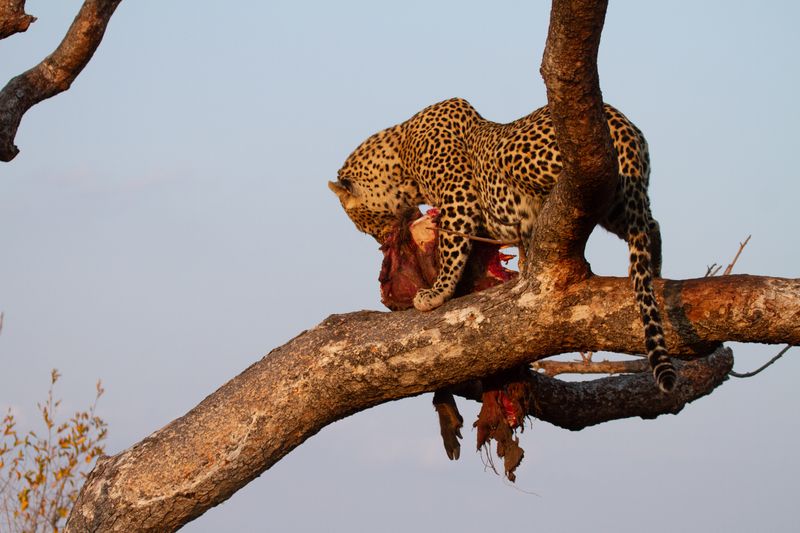
After a big cat makes a kill, the remains become a feast for dozens of other species. Vultures, jackals, insects, and smaller predators all benefit from the leftover carcasses. This natural recycling system distributes nutrients and supports many creatures that might otherwise struggle.
For example, in Africa’s Serengeti, a single lion kill can feed over 12 different scavenger species! These relationships have evolved over millions of years, creating interdependencies that maintain ecosystem health.
By providing reliable food sources for scavengers, big cats indirectly support these species’ survival and the essential cleanup services they provide.
Forest Architects
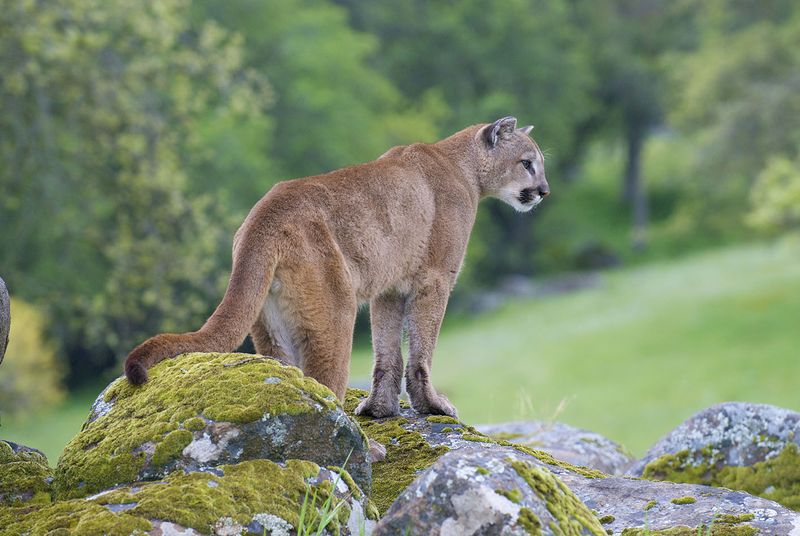
Surprisingly, big cats help shape forest structures! By keeping herbivore populations in check, they prevent excessive browsing of young trees and understory plants. This protection allows forests to maintain their complex, multi-layered structure.
A famous example comes from Yosemite National Park. When cougars declined, deer populations exploded, resulting in fewer young trees growing to maturity. The entire forest began changing its composition.
Healthy forests capture more carbon, prevent soil erosion, and provide habitat for thousands of species. Through their hunting activities, big cats indirectly maintain these forest services that benefit the entire planet.
Waterway Guardians
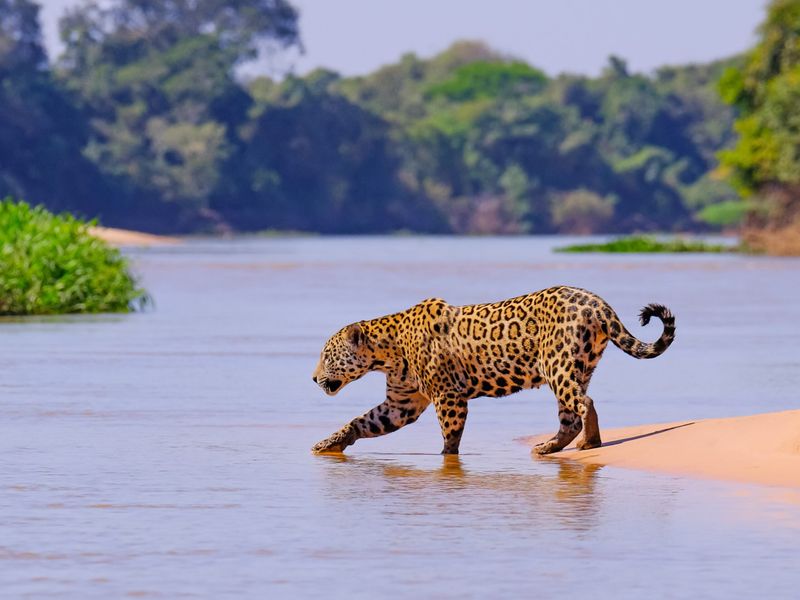
Rivers and streams gain protection when big cats patrol nearby! By controlling herbivore populations, these predators prevent overgrazing along waterways. When vegetation remains intact along riverbanks, it filters pollutants, prevents erosion, and maintains water quality.
Scientists studying jaguars in Brazil discovered that areas with healthy jaguar populations had cleaner rivers with more diverse fish communities. The connection? Jaguars kept herbivores from destroying the riverside vegetation that shaded and protected the water.
Clean water benefits everything from microscopic organisms to humans who depend on these water sources. Big cats’ influence extends far beyond what we might initially imagine!
Disease Control Specialists
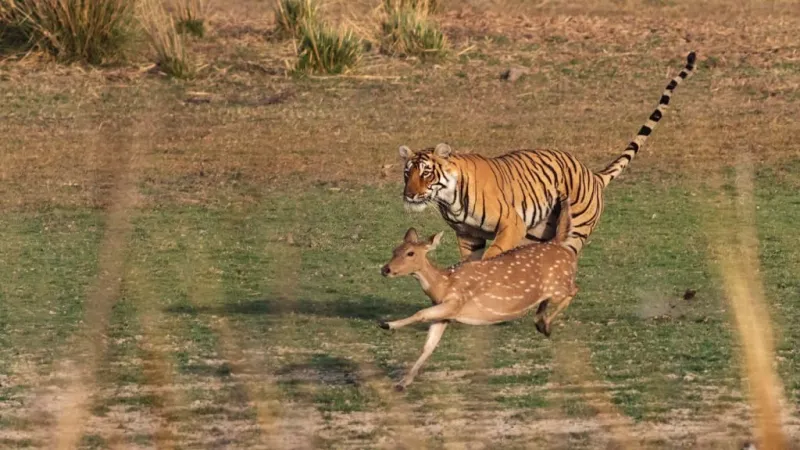
Big cats help prevent disease outbreaks in prey populations by targeting sick or weak individuals. This natural selection process removes potentially infectious animals before illnesses can spread widely through herds.
Research in African lion territories shows lower rates of certain diseases in prey animals compared to areas without lions. By picking off the weakest individuals, predators like lions and tigers essentially perform a health service for the entire ecosystem.
This hunting behavior strengthens prey genetics over time too. The healthiest, most disease-resistant individuals survive to reproduce, creating stronger populations that can better withstand environmental challenges.
Biodiversity Hotspot Creators
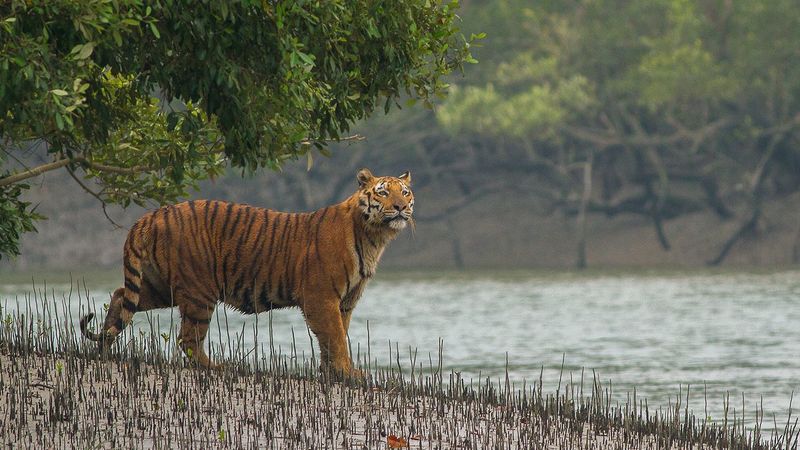
Areas with healthy big cat populations often support more species overall! This surprising pattern emerges because these predators create what ecologists call a “landscape of fear” – prey animals must constantly move and adapt their behaviors to avoid being hunted.
This movement prevents any single area from being overgrazed. Plants get recovery time between grazing episodes, allowing diverse plant communities to flourish. More plant diversity leads to more insect diversity, which supports more birds and small mammals.
Studies in India’s tiger reserves show significantly higher biodiversity compared to similar habitats without tigers. The big cat’s presence creates a cascade of positive effects throughout the food web.
Climate Change Fighters
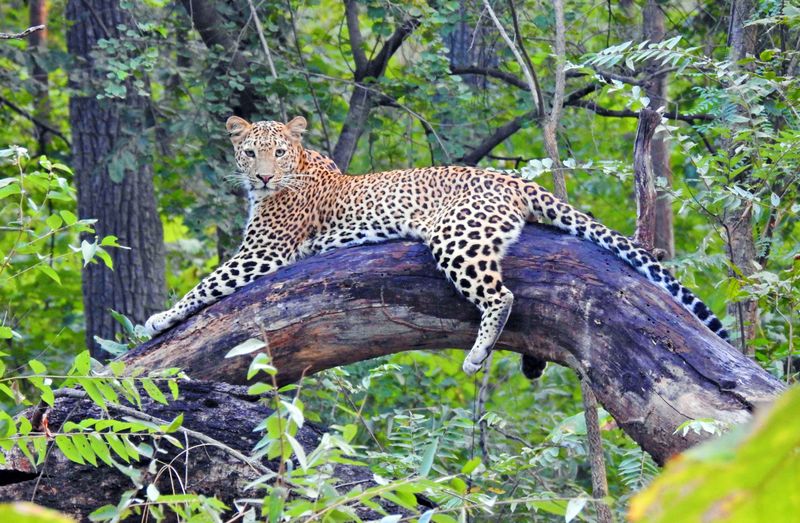
Big cats indirectly help fight climate change! By maintaining healthy forests and grasslands through their predatory activities, they support ecosystems that sequester massive amounts of carbon dioxide from the atmosphere.
When herbivores are kept in check by predators, plants can grow larger and store more carbon. One study in Yellowstone found that the reintroduction of wolves (serving a similar ecological role to big cats) increased carbon storage by allowing more trees to mature.
The same principle applies in big cat territories worldwide. Healthy, predator-balanced ecosystems simply store more carbon, helping mitigate one of our planet’s most pressing environmental challenges.
Evolutionary Drivers
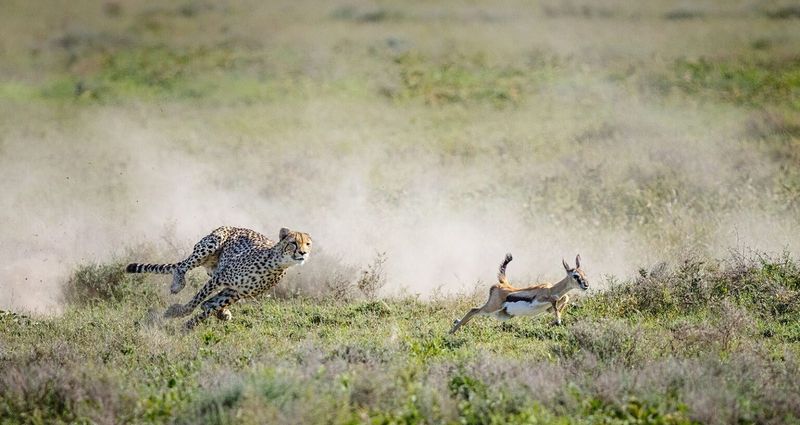
Over millions of years, big cats have shaped the evolution of their prey species. The constant pressure of predation has led to amazing adaptations – from the incredible speed of cheetah prey to the vigilant behavior of animals in lion country.
These evolutionary relationships create what scientists call an “evolutionary arms race.” Prey develop better defenses while predators evolve better hunting strategies. This ongoing process drives genetic diversity and adaptation across species.
Without big cats, prey species would evolve differently, potentially losing traits that make them resilient to environmental changes. The presence of these apex predators keeps the evolutionary engines of ecosystems running at full speed.
Umbrella Species Champions
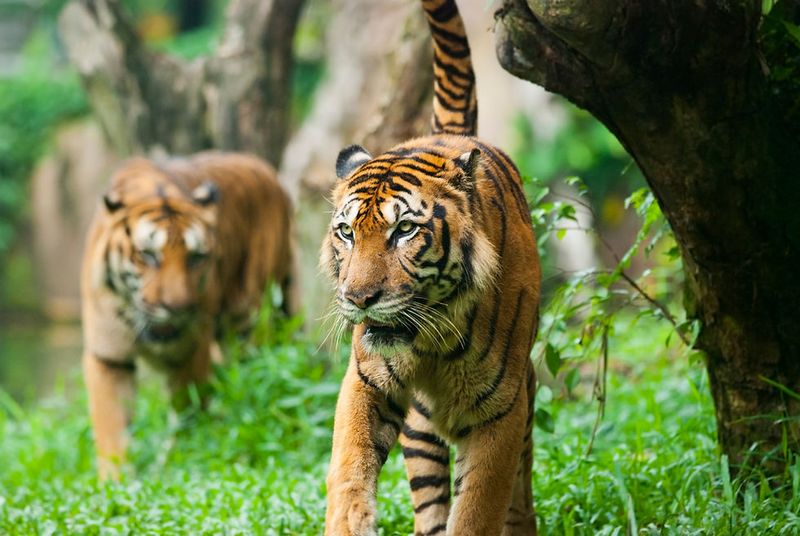
Conservationists often call big cats “umbrella species” because protecting them automatically protects countless other creatures! These predators need large, healthy territories to survive, so saving tiger habitat, for example, means preserving homes for thousands of other species.
When India established tiger reserves, they inadvertently created sanctuaries for over 350 bird species, 200 butterfly species, and countless plants that might otherwise have disappeared. Big cats require intact ecosystems, not fragments.
This umbrella effect makes big cat conservation an efficient strategy. By focusing on these charismatic animals, conservationists can protect entire ecological communities with limited resources.
Cultural Ecosystem Services
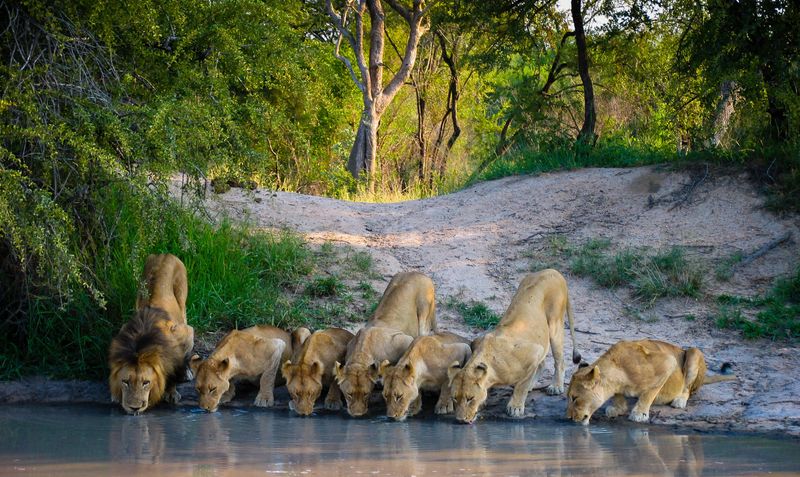
Big cats provide what scientists call “cultural ecosystem services” – benefits that enrich human lives through inspiration, recreation, and cultural identity. Communities living alongside these animals often develop deep cultural connections to them.
Indigenous tribes across continents feature big cats prominently in their stories, art, and spiritual practices. These cultural connections can foster conservation ethics that protect entire ecosystems. Additionally, ecotourism centered around big cats brings economic benefits to local communities.
When people value big cats culturally and economically, they’re more likely to protect the habitats these animals need – creating a positive feedback loop that preserves biodiversity for future generations.
Landscape Connectivity Guardians
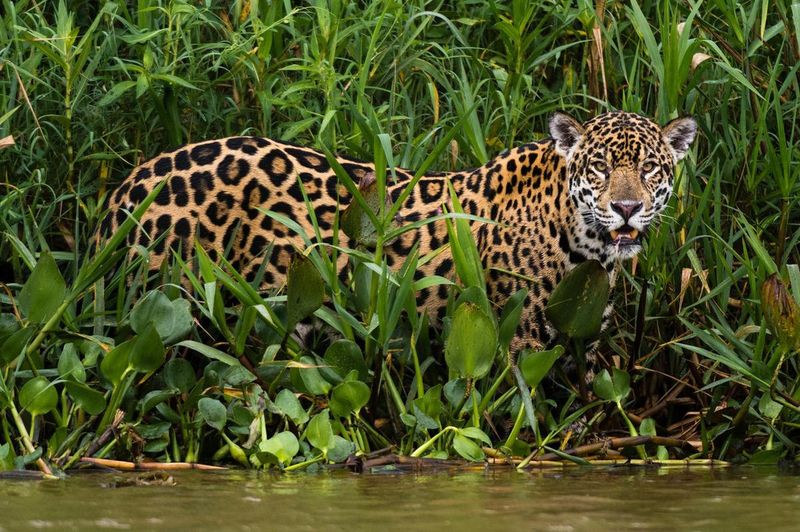
Big cats require large territories and often travel long distances, making them natural champions for landscape connectivity. Conservation efforts focused on creating corridors for these animals help maintain genetic flow between otherwise isolated wildlife populations.
In Central America, jaguar corridors now link protected areas across multiple countries! These pathways allow not just jaguars but hundreds of other species to move safely between habitats, preventing the genetic isolation that leads to local extinctions.
As climate change forces species to shift their ranges, these connected landscapes become even more crucial. Big cat conservation thus helps create resilient ecosystems that can adapt to our changing world.
Ecosystem Engineers
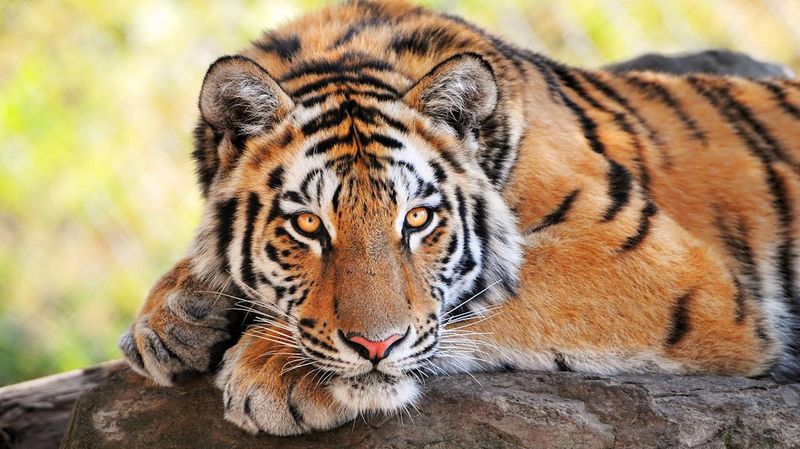
Beyond their hunting impacts, big cats physically modify their environments in ways that benefit other species. Their scratching behaviors on trees, territory marking, and even the trails they create through vegetation all contribute to habitat diversity.
Tiger scratching posts, for instance, create unique microhabitats on trees that certain insects and fungi specifically colonize. Puma trails through dense vegetation create movement corridors that smaller animals adopt.
These physical modifications might seem minor, but they add complexity to ecosystems. Just as beavers create ponds that benefit countless species, big cats make small but significant changes to their environments that enhance biodiversity in surprising ways.



